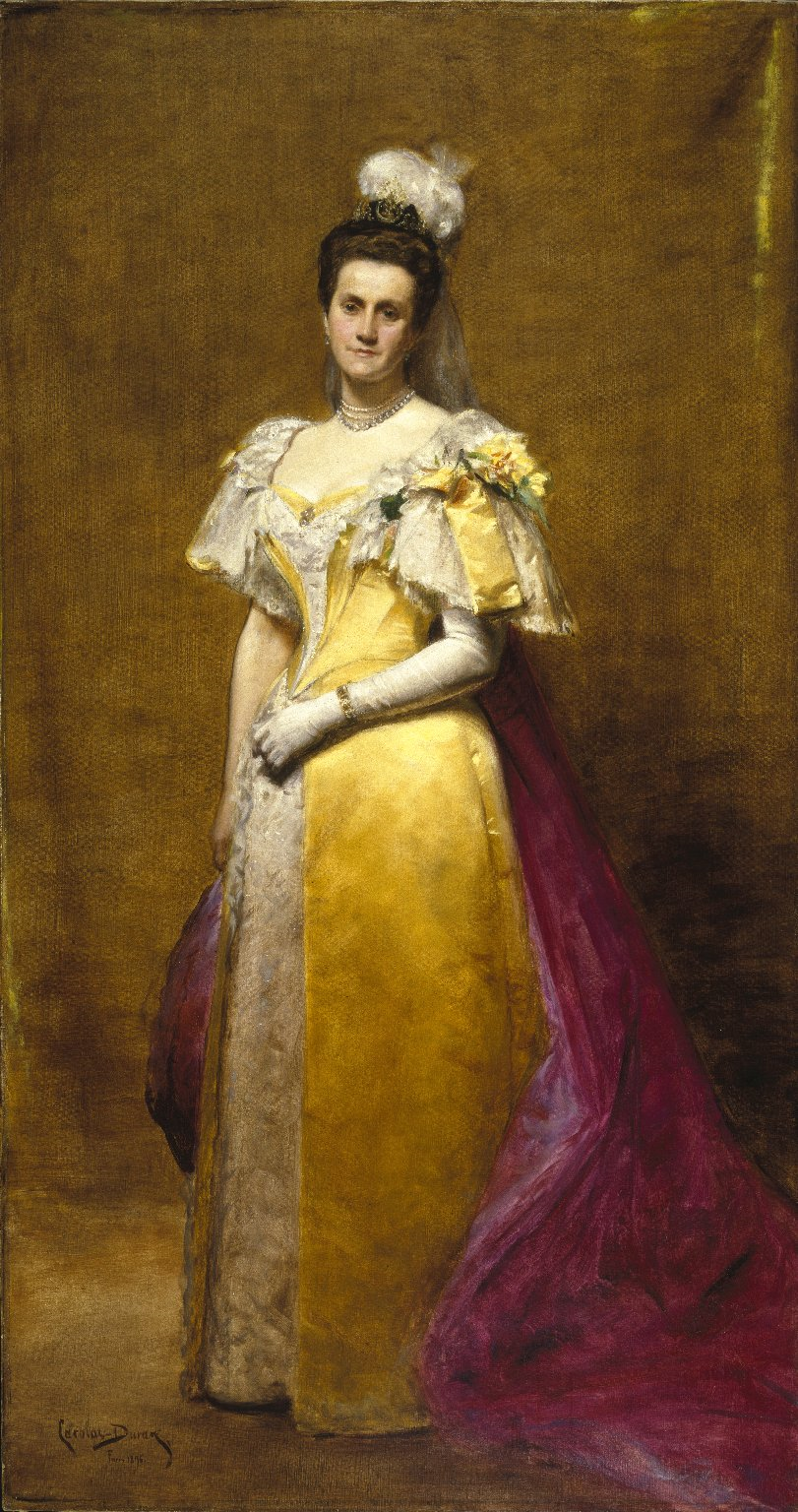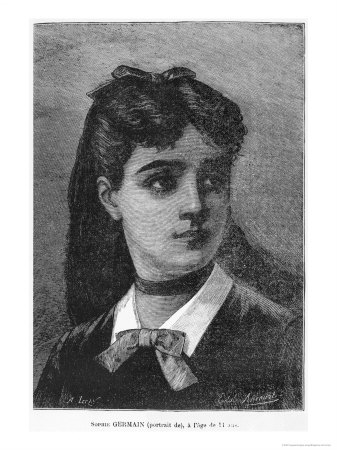We know history, but do we know 'herstory'? Women's contributions in STEM have long been miscredited to men—the Matilda Effect. It's time to tell their stories!
{{ vm.tagsGroup }}
11 Nov 2024
8 Min Read
Preevena Devi (Contributing Writer)
We know history, but do we know 'herstory'? Women's contributions in STEM have long been miscredited to men—the Matilda Effect. It's time to tell their stories!
Consider these names. Do you recognise any of them? I'd bet most of our readers would have a hard time doing so. These are the names of some of the greatest pioneers in the fields of Science, Technology, Engineering, and Mathematics—STEM for short. This raises the question: In a world where names like Albert Einstein, Alfred Nobel, and Isaac Newton are cast in the spotlight, how did we come to let the names of these remarkable women fade into the shadows of history?
The reason for this is the Matilda Effect—a term describing the bias against recognising the achievements of female scientists, instead, crediting their male colleagues. Coined by Professor Margeret W. Rossiter, the term is named after 19th-century suffragist Matilda Joslyn Gage in tribute to her observations and experiences with the systematic marginalisation of women in science and other intellectual fields. This pattern, unfortunately, stems from enduring gender stereotypes that position STEM and its pursuits as traditionally male domains. This often limits women's access to education, resources, funding, and recognition, particularly within STEM.
Before we delve into the nitty-gritty of the Matilda Effect, let's introduce the 'Matildas' of STEM. These women, referred to as such for the effect they endured, were scientists, inventors, mathematicians, and engineers whose groundbreaking work was either downplayed, attributed to male colleagues, and/or left unrecognised in their lifetimes.
In 1938, Otto Hahn, Lise Meitner, and Fritz Strassmann made a groundbreaking discovery: they were the first to recognise that uranium atoms split when bombarded by neutrons. Remember that chapter on nuclear fission from your Physics textbook? Despite their pivotal roles, Hahn was awarded the Nobel Prize in Chemistry 1944—without Meitner (or Strassmann). Tragically, Meitner never received the recognition she deserved.
Here's an interesting fact: Meitner was invited to work on the Manhattan Project but adamantly refused due to her strong moral stance against war. She believed nuclear energy should only be used for peaceful purposes. After the war, she continued to distance herself from any association with the atomic bomb.
The renowned Watson and Crick model of DNA would not have been possible without Dr Rosalind Franklin's X-ray diffraction work. Her creation of the famous Photo 51 demonstrated the double-helix structure of deoxyribonucleic acid (DNA)—the molecule that contains the genetic instructions for the development of all living organisms. Sadly, James Watson and Francis Crick allegedly used her data without permission and were later awarded the Nobel Prize in Physiology or Medicine 1962 for the discovery. Maurice Wilkins also shared in the award. While the truth has since come to light, Franklin's critical role in uncovering the DNA structure was overlooked during her lifetime.
Ada Lovelace wrote what is regarded today as the world's first algorithm intended for a machine, earning her title as the first computer programmer. Despite this monumental work, Charles Babbage, inventor of the Analytical Engine for which her algorithm was designed, is often credited as the sole pioneer of computing. Although Lovelace's contributions went largely unrecognised during her lifetime, she is now celebrated as a visionary in the field.
Hedy Lamarr co-developed frequency-hopping spread spectrum technology, which laid the foundation for modern wireless communications like Wi-Fi (wireless fidelity), GPS (Global Positioning System), and Bluetooth. At the time, however, her work was dismissed due to her Hollywood status, and the technology was only later adopted by the military. Today, Lamarr's integral role in revolutionising wireless technology is widely acknowledged, finally overcoming the biases she faced because of her background.
Emily Warren Roebling took charge of completing the Brooklyn Bridge when her husband, Washington Roebling, fell ill, mastering engineering concepts to review its plans and oversee its construction. While the Roebling family name is celebrated—particularly her husband's and father-in-law's—Emily's indispensable role was often neglected. Today, however, she is rightfully recognised as a trailblazer in engineering, with her contributions finally acknowledged long after her time.
Beatrice Shilling's innovation, a carburettor modification known as 'Miss Shilling's Orifice', prevented engine flooding in World War Two fighter planes—a breakthrough that greatly enhanced aircraft performance in combat. Although respected by her peers, her work received minimal public recognition and was often credited to male engineers. Today, Shilling's invention is celebrated as a landmark achievement in aviation engineering, underscoring how women's contributions to wartime technology were downplayed.
Sophie Germain made significant contributions to elasticity theory and number theory, even winning a prize from the French Academy of Sciences in 1816. However, due to her gender, she was barred from formally studying mathematics and was made to publish under a male pseudonym, receiving limited recognition. Today, Germain is celebrated for her groundbreaking work, though her life reflects the gender biases that once restricted women's opportunities in the field.
Mary Somerville's research and writings popularised mathematical astronomy, and she uncovered a solution to Diophantine equations involving the selection of values for u and v to make the first, third, and fourth expressions squares. Despite her achievements, her work was often attributed to male astronomers, and she was excluded from scientific societies because of her gender. Today, Somerville is honoured as a trailblazer in astronomy and mathematics, though her contributions were largely uncredited during her lifetime.
Looking back at the trials and tribulations faced by these women due to the Matilda Effect, one might assume such issues are a thing of the past. After all, there are more women in STEM today, right? In fact, in 2021, 53.2% of STEM graduates from local universities were women. However, increased participation does not equate to true advancement: men are still hired at higher rates than women, with only 69% of female graduates employed compared to 72% of male graduates. This disparity highlights the long-standing impact and implications of the Matilda Effect:
The Matilda Effect exposes the patriarchal practice of systematically undermining women's contributions by crediting their male colleagues instead. This severely hampers their career advancement and damages their professional profiles, despite their hard work. As a result, women miss out on valuable growth opportunities, promotions, and prestigious awards that could establish them as field experts. Ultimately, the scientific community suffers, as the absence of diverse voices hinders the development of innovative inventions.
A critical barrier perpetuated by the Matilda Effect is inequitable access to research funding. Funding agencies and organisations often base grants on researchers' past achievements and accolades, which can be skewed in favour of men due to historical bias. When women's contributions go unrecognised, they face greater difficulty securing the grants or research funds necessary to advance their work. This lack of financial support limits women's ability to conduct impactful research, publish findings, and compete with their male colleagues, creating a self-perpetuating cycle in which women in STEM are disadvantaged by fewer resources and less influence in setting research priorities.
The Matilda Effect is closely tied to the phenomenon known as the 'leaky pipeline', where women progressively leave STEM fields at various career stages due to systemic challenges. While many established scientists may believe STEM rewards experience, the lack of recognition and advancement for women causes them to feel undervalued and underrepresented, leading to high attrition rates. Women may leave due to missed promotions, a lack of mentorship, and the perceived futility of overcoming deep-rooted biases. The Matilda Effect exacerbates this issue by stripping women of their accomplishments, further reducing the incentives to stay, where their contributions often go unrecognised and unrewarded.
Now that we understand the Matilda Effect on women, it's time to roll up our sleeves and demand a 'femininomenon' in STEM! Achieving this requires a collective effort, particularly from within the STEM community:
Since recognising the Matilda Effect, there has been a growing emphasis on celebrating achievements inclusively across STEM fields. Initiatives like the L'Oréal-UNESCO For Women in Science Programme and the Maxis Women in Tech Scholarship actively support and showcase women's contributions to STEM, offering financial aid, increasing their visibility, and providing a platform to inspire future generations. These efforts challenge historical biases and encourage young women to pursue careers in STEM, fostering a more equitable field.
Academia and STEM-related industries are implementing structural policies to ensure fair attribution of scientific work. For example, research institutions are introducing clear authorship guidelines and promoting accurate citation practices to credit all contributors. Meanwhile, tools like the Harvard Implicit Association Test are gaining traction for raising awareness of unconscious biases in publishing and citation practices. By dismantling systemic biases, these efforts support policies that help ensure women and other underrepresented groups receive the credit they deserve.
Researchers and historians are revisiting historical records to correct misattributions and properly credit women whose contributions were overlooked. This reevaluation provides a more accurate account of STEM history, acknowledging women's crucial role in advancing knowledge. By setting the record straight, these efforts offer future generations a fuller, more representative STEM legacy, helping to inspire a new wave of inclusive innovation.
In short, the stories above illustrate the Matilda Effect on women in STEM. While gender biases have long kept their outstanding contributions in the shadows, efforts such as inclusive awards, institutional reforms, and historical reevaluations are working to correct these oversights and bring them to light. Recognising women's achievements is therefore paramount—not only for fairness today but also to ensure that the STEM fields of tomorrow will be more inclusive, accurate, and truly reflective of all those who contribute.
Preevena Devi pursued Cambridge A Level at Taylor's College before attending Monash University. She is a biomedical science student, a passionate feminist, and a firm believer in the transformative power of the written word to change the world!







